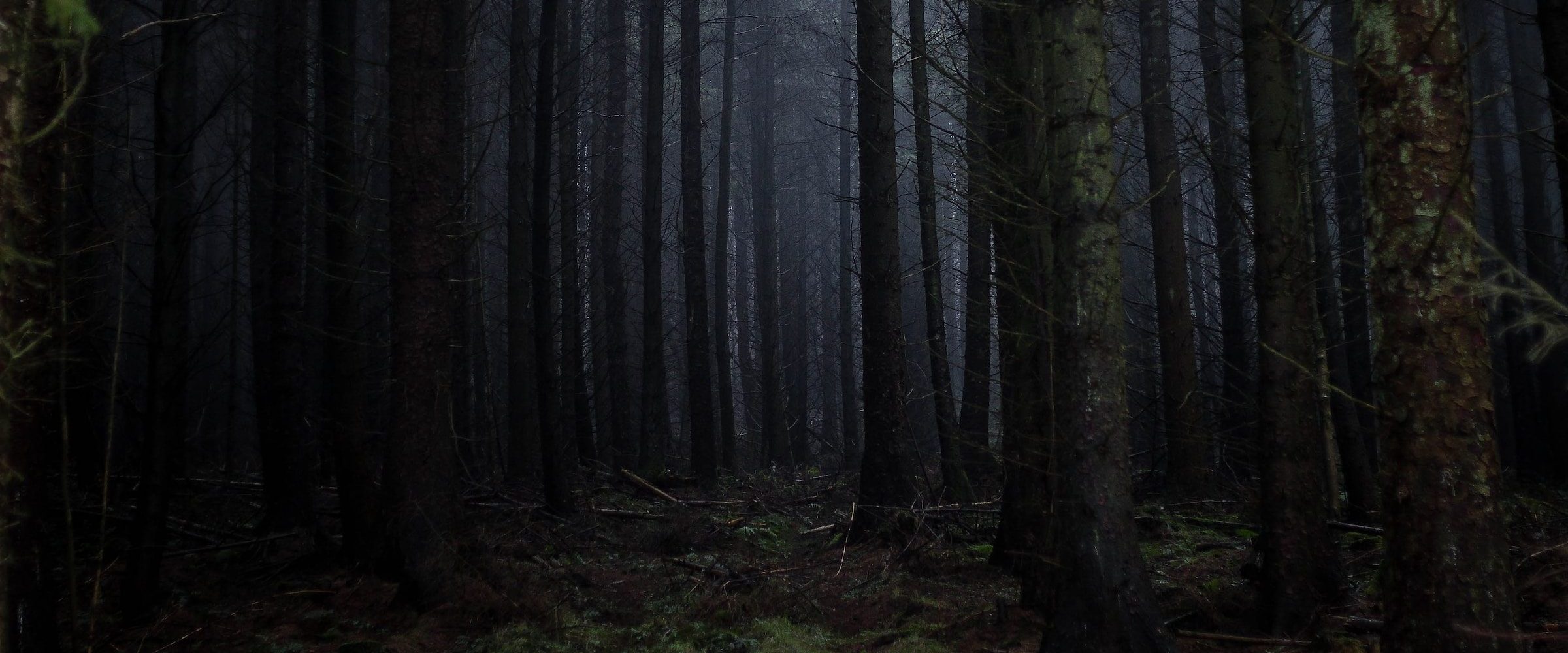Beneath the bustling streets of Paris lies a shadowy world of mystery and history, a subterranean labyrinth that has captivated the imagination of countless explorers, historians, and adventurers. This world is known as the Catacombs of Paris, and it is a place unlike any other. In this extensive exploration of the Catacombs, we will journey deep into the heart of this underground realm, uncovering its history, its legends, and its enduring cultural significance.
The Origins of the Catacombs:
The Catacombs of Paris, also known as “Les Catacombes de Paris,” are an underground ossuary that was created in the late 18th century. However, their history dates back much further. The city of Paris has a long history of burials, with many cemeteries located within the city limits. Over time, these cemeteries became overcrowded, leading to issues of sanitation and public health.
One of the most notorious of these cemeteries was the Cemetery of the Innocents, which was located in the heart of the city. By the 18th century, it had become a source of misery for the residents living nearby, as the cemetery had reached its limit and the mass graves had become a breeding ground for disease. Something had to be done to address this dire situation.
In the late 18th century, amidst the backdrop of the French Revolution, the decision was made to address the overpopulation of Parisian cemeteries by relocating the remains to abandoned quarries located beneath the city. This process of transferring bones began in the late 18th century and continued into the early 19th century.
Construction and Layout:
The catacombs themselves are a complex network of underground tunnels and chambers that stretch for miles beneath the streets of Paris. These tunnels were once quarries, where the limestone used to build the city was extracted. The bones from various cemeteries were transported and carefully arranged within the catacombs.
What sets the Catacombs of Paris apart is not just their function as a burial site, but the meticulous and often artistic way in which the bones are arranged. The skulls and femurs, for example, were carefully stacked to create walls, arches, and pillars, giving a macabre but artistic atmosphere to the catacombs. Visitors can even see inscriptions and plaques with messages such as “Arrête! C’est ici l’empire de la Mort” (Stop! Here lies the empire of death) that remind them of the solemn purpose of this place.
The Visitor Experience:
Today, the Catacombs of Paris are open to the public and have become a popular tourist attraction. Visitors descend a spiral staircase that leads them into the subterranean world of the catacombs. The walls are lined with skulls and bones, and as you walk deeper into the catacombs, the air becomes cooler and more humid. The atmosphere is eerie, and the sense of history and mortality is palpable.
Visitors are taken on a carefully guided tour that weaves through the narrow, dimly lit passages. The visit typically covers only a small portion of the entire catacombs, but it provides a glimpse into this unique underground world. There is an eerie silence, broken only by the whispers and footsteps of fellow visitors and the occasional drip of water from the ceiling.
The experience is undeniably unsettling, as you are surrounded by the remains of thousands of people. It is a solemn reminder of the transitory nature of life, and many visitors leave the catacombs with a profound sense of reflection and introspection.
Legends and Mysteries:
The Catacombs of Paris have long been associated with legends, myths, and mysterious stories. One of the most enduring legends is that of “Philibert Aspairt,” a name etched into the stone above one of the entrances. The legend goes that Philibert was a poor doorkeeper who became lost in the labyrinthine tunnels while on his duties and was never seen again. His ghost, known as the “Man in the Iron Mask of the Catacombs,” is said to wander the tunnels to this day.
In addition to legends of lost souls, the catacombs have also been a source of fascination for urban explorers and adventurers. The extensive network of tunnels is not completely mapped, and there are numerous entrances scattered throughout Paris, which has led to a subculture of “cataphiles” – people who explore and sometimes even live in the catacombs. These cataphiles have been known to organize parties, create art installations, and conduct clandestine activities deep underground, often eluding the authorities.
The presence of these underground explorers adds an extra layer of intrigue to the catacombs. While the legal ramifications of unauthorized exploration are significant, the cataphiles continue to delve into the dark recesses of the tunnels, uncovering hidden chambers, graffiti-covered walls, and secret societies that have taken root below the city of light.
The Dark Side of the Catacombs:
As alluring as the catacombs may be to adventurers and explorers, there is a darker side to their story. The catacombs have been the setting for various criminal activities and have attracted individuals seeking to exploit their obscurity.
One of the most infamous incidents in the catacombs’ history occurred in 2004 when a video camera was found deep within the tunnels. The footage on the camera was disturbing, showing a man, later identified as a cataphile, descending deeper into the catacombs and eventually succumbing to panic, disorientation, and ultimately death. The discovery of this footage was a grim reminder of the catacombs’ dangers, and it led to increased security measures to deter unauthorized exploration.
The labyrinthine tunnels can be disorienting, and it is easy for visitors to get lost. Those who venture into the catacombs without proper preparation, equipment, or knowledge of the tunnels’ layout risk becoming disoriented, dehydrated, or worse.
Additionally, there have been instances of vandalism and desecration within the catacombs. Vandals have defaced the walls and sculptures created from human bones, and illegal parties have left behind litter and damage. These actions have sparked debates about how to protect and preserve this historical and cultural site.
Preservation and Maintenance:
Maintaining and preserving the Catacombs of Paris is a significant challenge. The subterranean environment is humid, and there is a constant threat of flooding, which could damage the bones and undermine the structural integrity of the tunnels. In order to mitigate these risks, the catacombs are equipped with pumps and drainage systems.
The catacombs’ artistic arrangements of bones are also in need of ongoing restoration. The bones have grown fragile with age, and some are at risk of deterioration. Conservation efforts are crucial to ensure that this unique historical and cultural site is preserved for future generations.
The authorities have sought to balance the preservation of the catacombs with their accessibility to the public. Regulations have been put in place to prevent unauthorized exploration, and security measures have been increased to protect both the catacombs and those who enter them. While these measures have curbed some of the more reckless exploration, they have not entirely eradicated the underground subculture of cataphiles.
Cultural Significance:
The Catacombs of Paris hold a unique place in the cultural fabric of the city. They serve as a physical reminder of Paris’s long and complex history, as well as the city’s capacity for adaptation and innovation in the face of public health challenges. The catacombs are a testament to human creativity and the transformation of necessity into art.
Artistic depictions of the catacombs have been featured in literature, film, and visual arts. Victor Hugo’s novel “Les Misérables” famously contains scenes set in the catacombs. The catacombs have also been featured in films such as “As Above, So Below” and “Catacombs.”
In contemporary culture, the Catacombs of Paris continue to be a source of fascination and inspiration. Artists and writers continue to draw from the catacombs’ rich history and mysterious atmosphere, creating works that explore themes of mortality, the passage of time, and the intersection of art and death.
Visiting the Catacombs:
For those who are intrigued by the catacombs’ history and the opportunity to explore their depths, visiting is a unique and unforgettable experience. If you plan to visit the Catacombs of Paris, here are some important tips:
- Purchase Tickets in Advance: Tickets for the catacombs can be purchased online, and it is highly recommended to do so. The site is popular with tourists, and waiting in long lines can be time-consuming.
- Dress Appropriately: The catacombs are cool and humid, so it’s advisable to dress in layers and wear comfortable walking shoes. It’s also important to be prepared for walking on uneven terrain.
- Respect the Rules: The catacombs have rules and regulations that must be followed. These rules are in place to protect the site and ensure the safety of visitors. Follow the instructions provided by the guides.
- Be Mindful and Respectful: While it’s tempting to take photographs in the catacombs, it’s essential to be respectful and sensitive to the surroundings. Remember that this is a place of burial and reflection.
- Stay Hydrated: Walking through the catacombs can be physically demanding, so it’s advisable to bring water with you to stay hydrated.
- Listen to the Guides: The guided tours provide valuable historical and cultural insights. Pay attention to what the guides share about the catacombs’ history and significance.
Visiting the Catacombs of Paris offers a unique opportunity to explore a hidden aspect of the city’s history and culture. It is an experience that challenges visitors to confront their own mortality while providing a glimpse into the fascinating world of the dead that lies beneath the City of Light.
Conclusion:
The Catacombs of Paris are a place where history, art, and mortality intersect. They are a physical manifestation of Paris’s response to the challenges of overpopulation and unsanitary cemeteries, transformed into an underground ossuary that is as eerie as it is fascinating.
The catacombs serve as a reminder of the city’s complex history and its capacity for ingenuity in the face of adversity. They are a testament to the creativity and artistry of those who arranged the bones in intricate patterns and a symbol of the eternal dance between life and death.
The Catacombs of Paris are more than a historical site; they are a place that stirs the imagination and invites reflection. They have fascinated artists, writers, and explorers for centuries, and they continue to be a source of inspiration and intrigue in the modern age.
Deep within the bowels of the city, the catacombs offer a journey into the past and a confrontation with the mysteries of life and death. They are a place where the echoes of history resonate, and the bones of the departed tell a story that is both somber and beautiful. In the dimly lit tunnels and chambers, visitors can’t help but reflect on the fragility of human existence and the enduring legacy of the Catacombs of Paris.





Leave a Reply